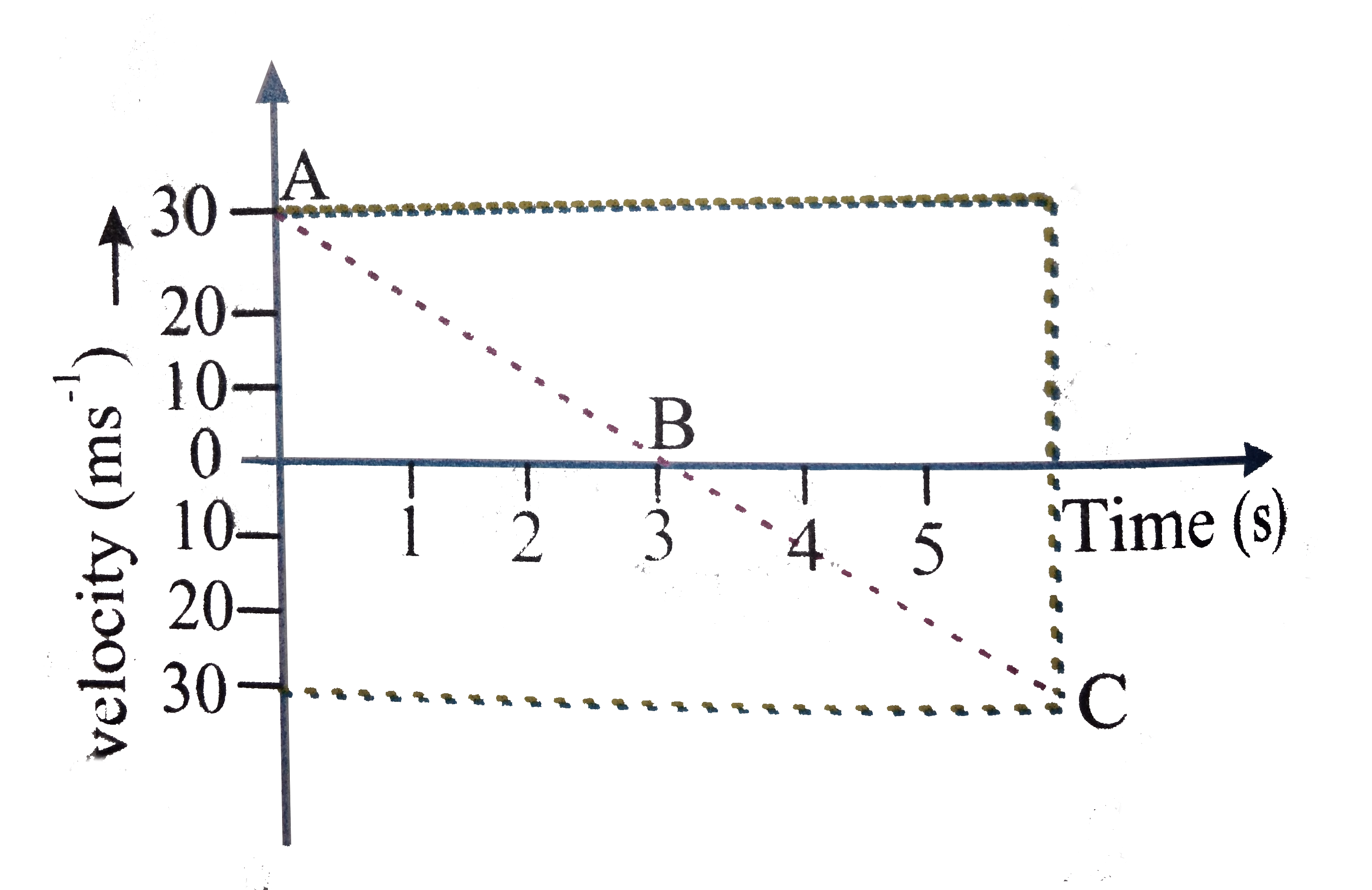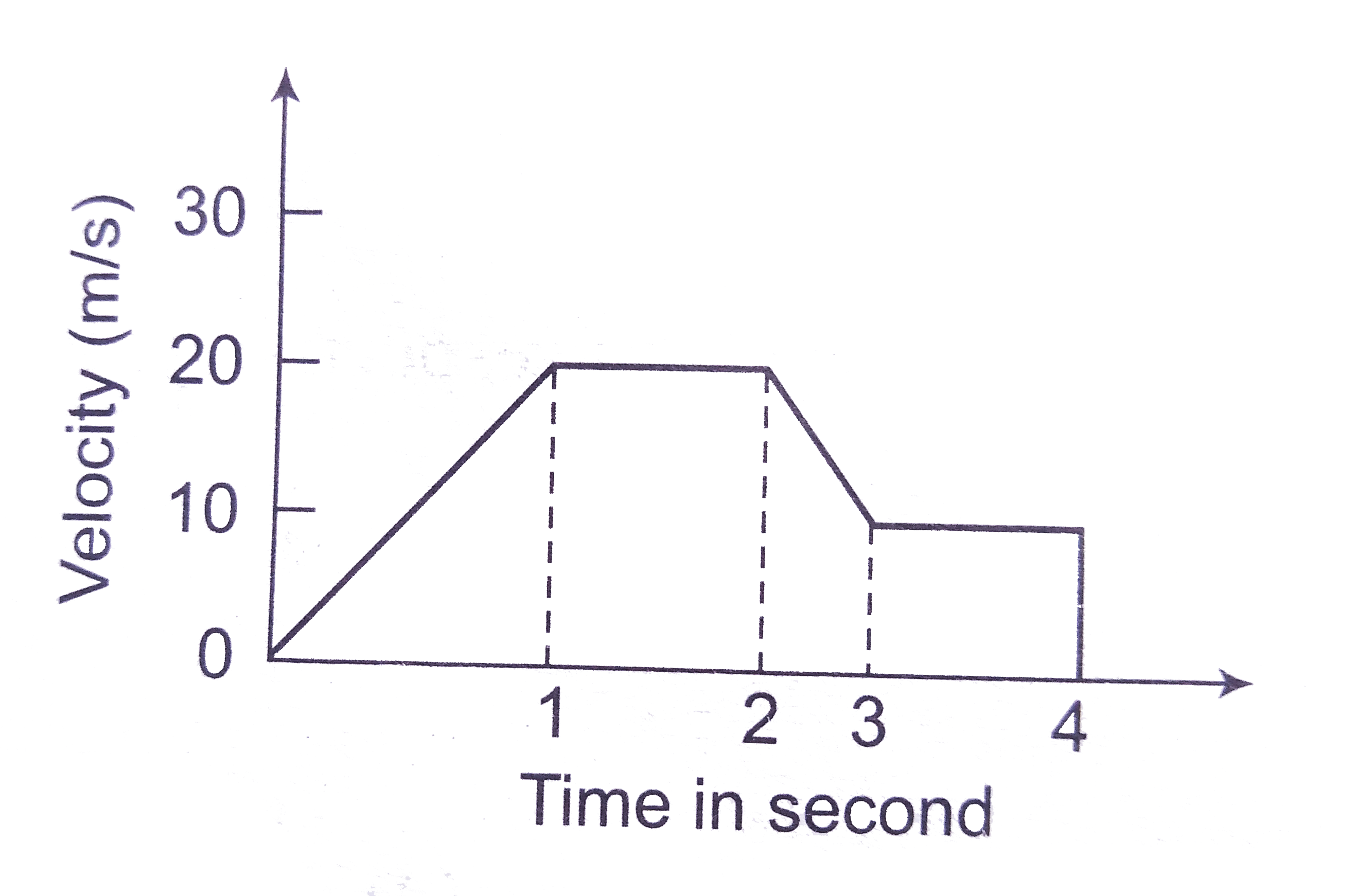Complete Solutions to Level 3 C.W of chapter MOTION IN A STRAIGHT LINE of Class 11 book with complete answers and questions
| Class 11 | PHYSICS |
| Chapter | MOTION IN A STRAIGHT LINE |
| NARAYANA | Level 3 C.W |
| Number Of Questions | 25 |
| Academic Year | 2023-24 |
A motorist droves north for 35.0 minutes at `85.0 km//h` and then stops for 15.0 minutes He next continues north, travelling 130 km is 2.00 hours. What is his total displacement
View SolutionThe coordinates of a moving particle at any time `t` are given by `x = alpha t^(3)` and `y = beta t^(3)`. The speed of the particle at time `t` is given by
View SolutionThe relation between time `t` and distance `x` is `t = ax^(2)+ bx` where `a and `b` are constants. The acceleration is
View SolutionTwo cars start in a race with velocities `u_(1)` and `u_(2)` and travel in a straight line with acceleration `alpha` and `beta`. If both reach the finish line at the same time, the range of the race is
View SolutionA point moves with uniform acceleration and `v_(1), v_(2)`, and `v_(3)` denote the average velocities in the three successive intervals of time `t_(1).t_(2)`, and `t_(3)` Which of the following Relations is correct?.
View SolutionA train starts from rest and moves with uniform acceleration `alpha` for some time and acquires a velocity `v` it then moves with constant velocity for some time and then decelerates at rate `beta` and finally comes to rest at the next station. If L is distance between two stations then total time of travel is
View SolutionA car , starting from rest, accelerates at the rate `f` through a distance `S` then continues at constant speed for time `t` and then decelerates at the rate `(f)/(2)` to come to rest . If the total distance traversed is `15 S` , then
View SolutionAn express train moving at `30 m//s` reduces its speed to `10 m//s` in a distance of `240m`. If the breaking force is increased by `12.5%` in the begininning find the distance that it travels before coming to rest
View SolutionFor motion of an object along the x-axis the velocity `v` dipends on the displacement `x` an `v=3x^(2)`-`2x`, then what is the acceleration at `x=2 m`.
View SolutionThe friction of the air causes a vertical retardation equal to `10%` of the acceleration due to gravity. Take `g=10 m//s^(2)` the maximum height and time to reach the maximum height will be decreased by
View SolutionA parachutist after bailing out falls for 10 s without friction. When the parachute opens he descends with an acceleration of `2 m//s^(2)` against his direction and reached the ground with `4 m//s` from what height he has dropped himself? `(g=10 m//s^(2))`
View SolutionA body is dropped from the roof of a multistoried building it passes the ceiling of the 15th storey at a speed of `20ms^(-1)` if the height of each storey is 4m, the number of stereys in the building is `(takeg=10ms^(-2)` and neglect air resistance)
View SolutionA body is projected vertically up with velocity `98ms^(1)` after 2 s if the acceleration due to gravity of earth disappears, the velocity of the body at the end of next 3s is
View SolutionThe velocity of a particle is `v = v_(0) + g t + ft^(2)`. If its position is ` x=0 ` at ` t= 0 `, then its displacement after unit time `( t = 1 )` is
View SolutionBall `A` is dropped from the top of a building. At the same instant ball `B` is thrown vertically upwards from the ground. When the balls collide, they are moving in opposite direction and the speed of `A` is twice the speed of `B`. At what fraction of the height of the building did the collision occurs ?
View SolutionAn object fals from a bridge that is 45 m above the water. It falls directly into a small row-boat moving with constant velocity that was 12 m from the point of impact when the object was released. What was the speed of the boat ? `(g=10ms^(-2))`
View Solution
An elevator is goind up. The variation in the velocity of the elevator is as given in the graph. What is the height to which the elevator takes the passenger
View SolutionThe velocit-time graph of a body moving in a straight line is shown in Fig. 2 (d) . 32. Find the displacement and the distance travelled by the body in ` 6 seconds`.
 .
.
View Solution
The velocity-time graph of a stone thrown vertically upward with an initial velocity of `30ms^(-1)` is shown in the figure. The velocity in the upward direction is taken as positive and that in the downward direction as negative. What is the maximum height to which the stone rises?
View SolutionThe variation of velocity of a particle with time moving along a straight line is illustrated in the following figure. The distance travelled by the particle in four seconds is.

View Solution
Figure shows the displacement tiime (x-t) graph of a body moving in a straight line which one of the graph shown in figure represents the velocity- time (v-t) graph of the motion of the body.
View SolutionVelocity-time graph for a moving object is shown in the figure. Total displacement of the object during the time interval when there is non-zero acceleration and retardation is.

View SolutionA car 2m long and 3m wide is moving at `10m//s` when a bullet hits it in a direction making an angle of `tan^(-1)(3//4)` with the car as seen from the ground. The bullet enters one edge of the car at the corner and passes out at diagonally opposite corner. Neglecting gravity, the time for the bullet to cross the car is
View SolutionTwo particles start simultaneously from the same point and move along two straight lines. One with uniform velocity v and other with a uniform acceleration a. if `alpha ` is the angle between the lines of motion of two particles then the least value of relative velocity will be at time given by
View SolutionA jet airplance travelling at the speed of ` 500 km ^(-1)` ejects its products of combustion at the speed of ` 1500 km h^(-1)` relative to the jet plane. What is the speed of the burnt gases with respect to observer on the ground ?
View Solution
Level 3 C.W questions and complete solutions for chapter MOTION IN A STRAIGHT LINE of NARAYANA PHYSICS (HINGLISH) of Class 11